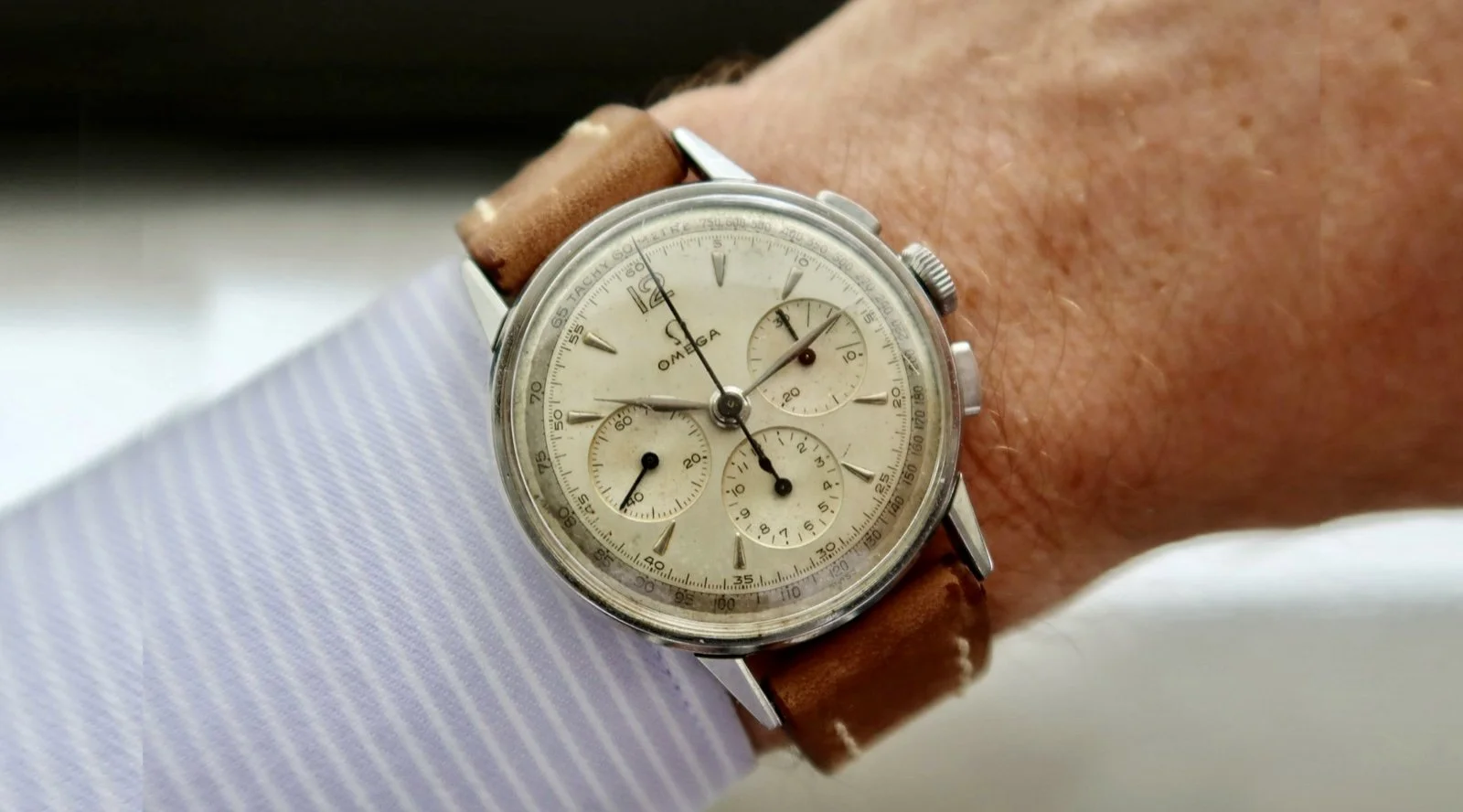The 1950's Hamilton Pacer Electric
The history of quartz and electric movement watches, while shorter than that of mechanical watches, can obviously be described as revolutionary. Now, there may be some of you who might be thinking to yourself that quartz and electric movements were what almost destroyed the mechanical watchmaking art. But now that we get to look back on how it impacted the industry, there is a lot to learn and enjoy about what designs and innovations came from this time period. Take for example, the Hamilton Pacer.
The Hamilton Pacer is hailed as the first electric wristwatch movement sold. Now if that does not make you think there are significant events and watches in the history of quartz and electric watches, I am not sure what will. But first off, let’s define what an electric movement actually is. The electric movement Hamilton produced was essentially a mechanical movement that was powered by battery, which led to the innovation in creating a quartz movement. We covered both manual wind, automatic, and quartz movement if you would like to read more. (here we compare quartz and mechanical movements).
To expand on the movements created, what Hamilton essentially did was remove the mainspring of a mechanical watch, which is wound and pushes power to the rest of the movement. In place of the mainspring, they placed an energy cell, (or battery), which pushed power to the movement. So when looking at the movement of one of these watches, you will see both mechanical gears/parts and a battery - not something you might be used to!
These electric movements were used an many different variations of the watches they started to produce in 1957. The most well known, the Hamilton Pacer, was produced in a quantity of over 39,000 between 1957 and 1969. There were three variations of the electric movements used, the 500, 500A and 505. The basic features of a pacer are pretty distinct. They have 10k gold-filled two tone cases with steel lugs or they came in solid 14k gold cases. The cases were in a rounded triangular shape that are asymmetric and stood out among the rectangular and circular watches of this era.
The watches came with two dial colours, black and white, with gold applied hour markers on both. The hands were also gold, and were sword shaped. The dials were printed with “Hamilton” above the center of the dial, “Electric” below the center of the dial as well as “Pat. Pending”, describing the pending patent for the technology used in these innovative watches.
The version you see today is the 10k gold filled version of the watch, that has a beautiful cream dial that has aged very nicely. The dial is sign, and case is in overall great condition. The movement is not one of the famous electric movements created by Hamilton, but is a non-Hamilton quartz movement that is running well. What makes this watch special is actually engraved on the inside case-back of the watch. The caseback bears the famous “S&W” inscription which stands for Schwab & Wuischpard; a Swiss family who set up shop in Manhattan in November 1927. Many of the early Hamilton Electric models cases were made by S&W, placing the case of this watch in New York City during the early days of the Pacer.
Not only is this asymmetrical watch beautiful to wear, and an abnormal, yet cool way to enjoy a watch on the wrist, it has historical significance for Hamilton and a watch manufacture.
The watch is available on our store here.
Enjoy!







